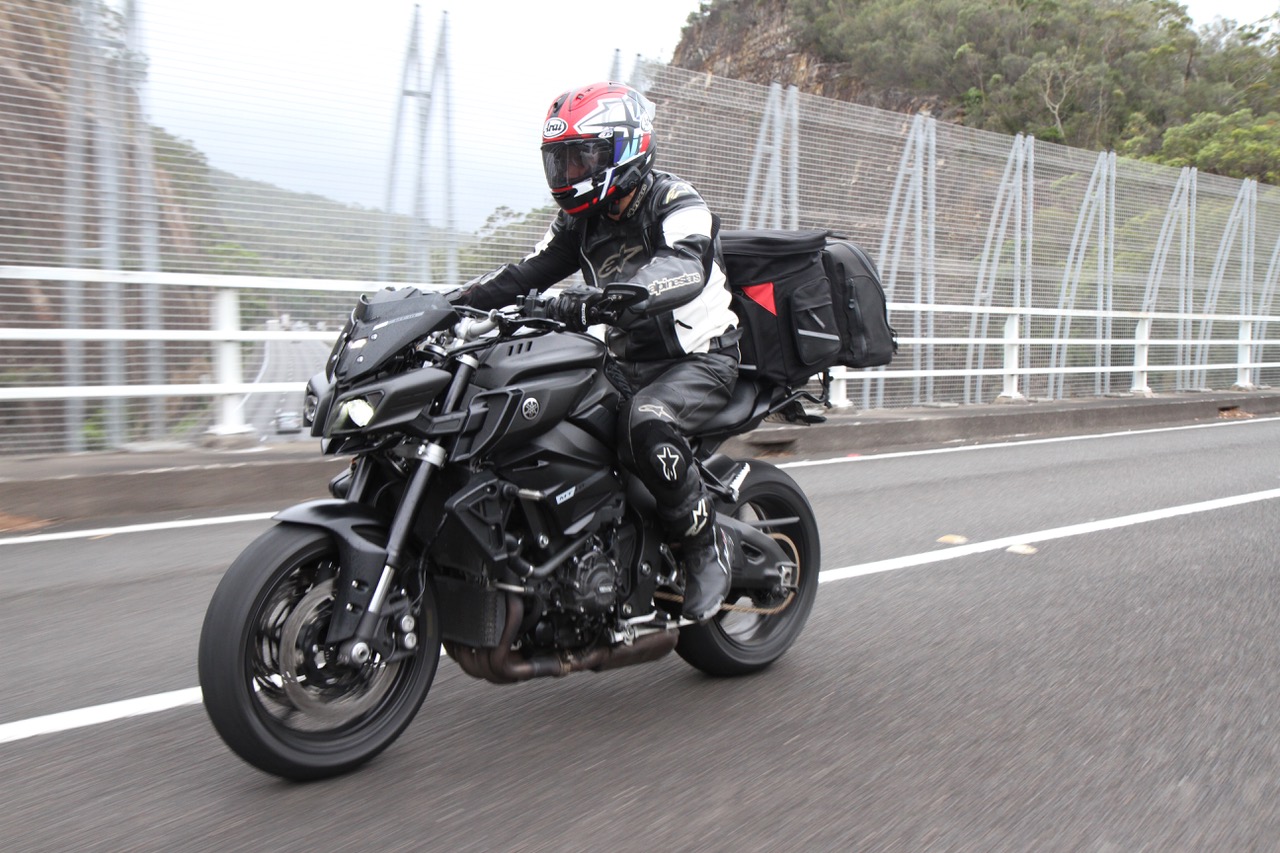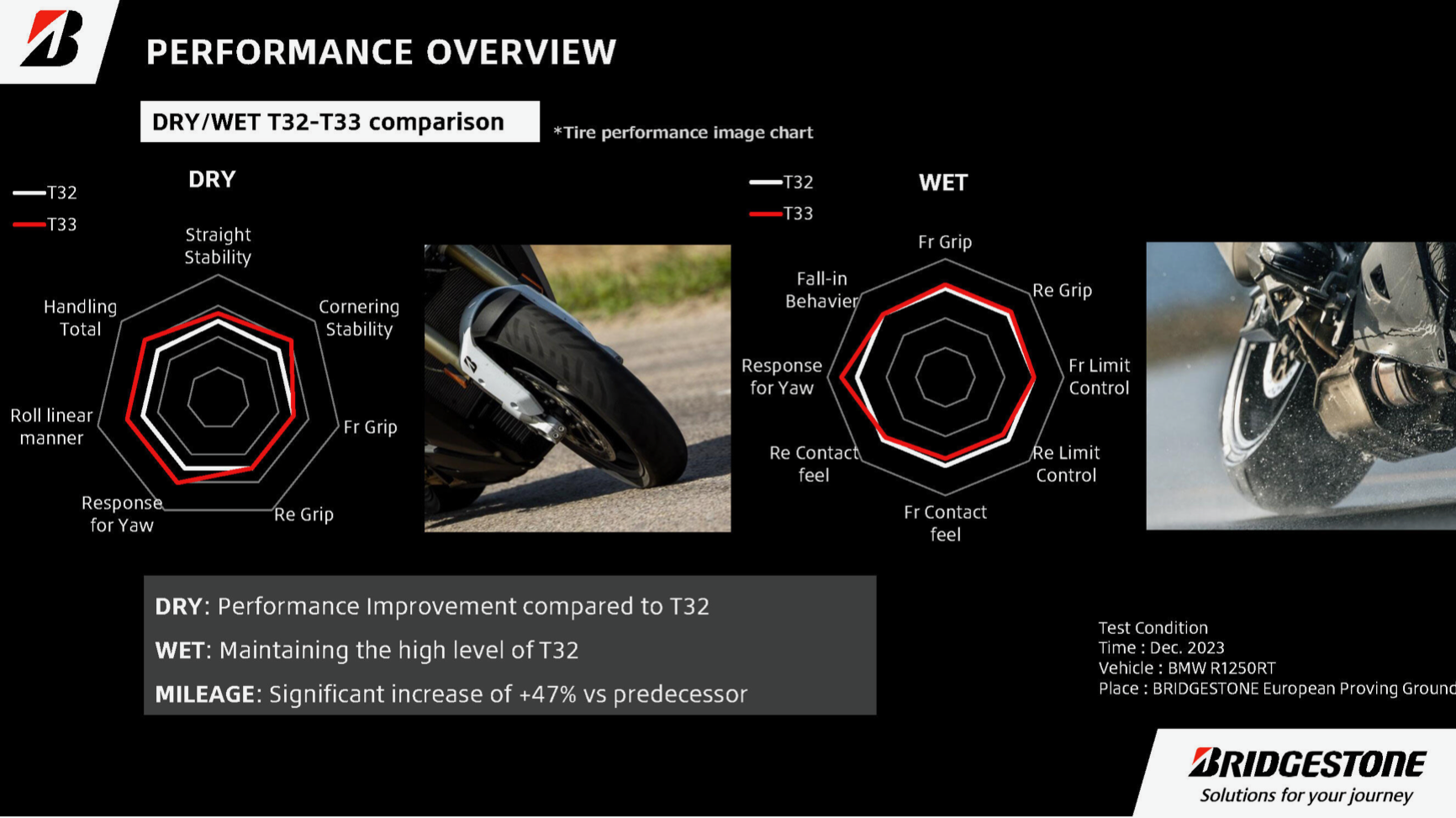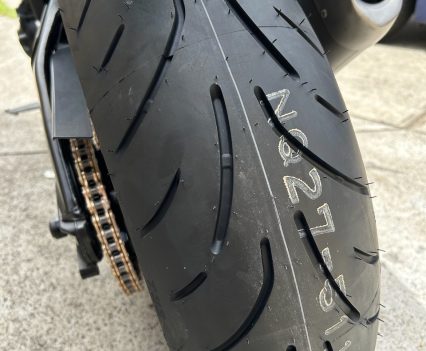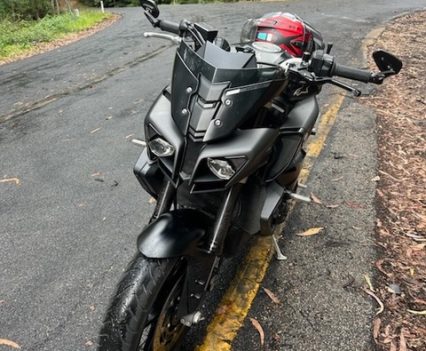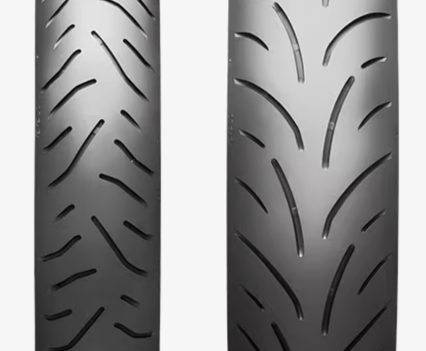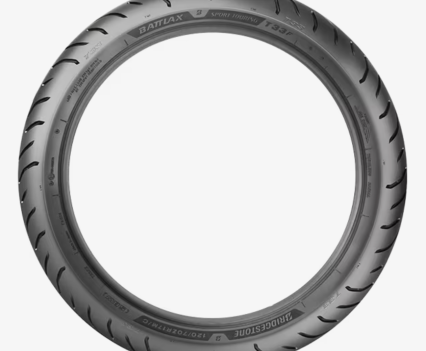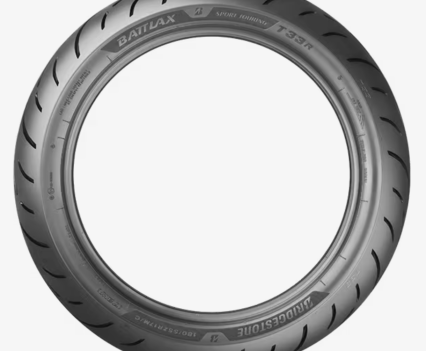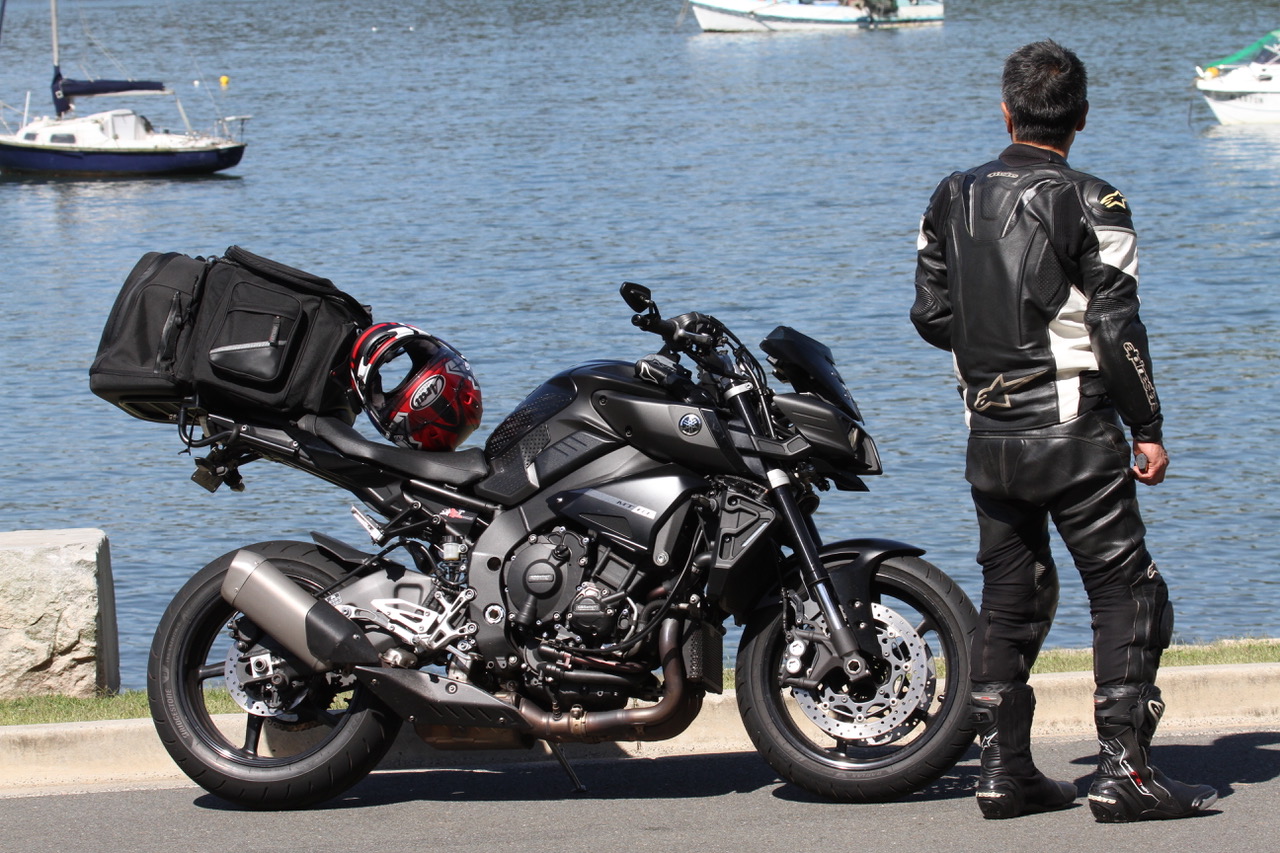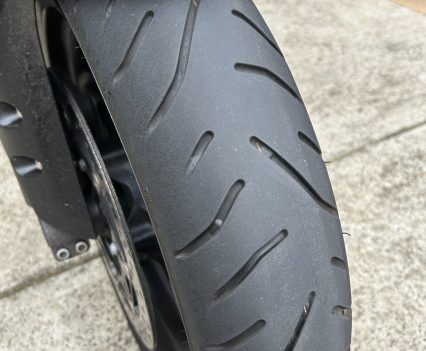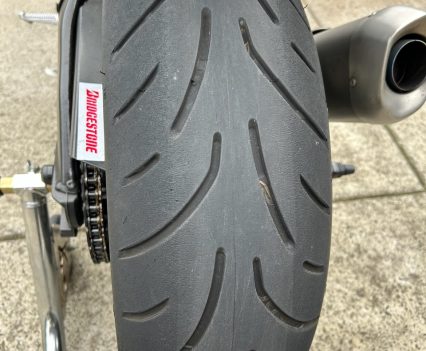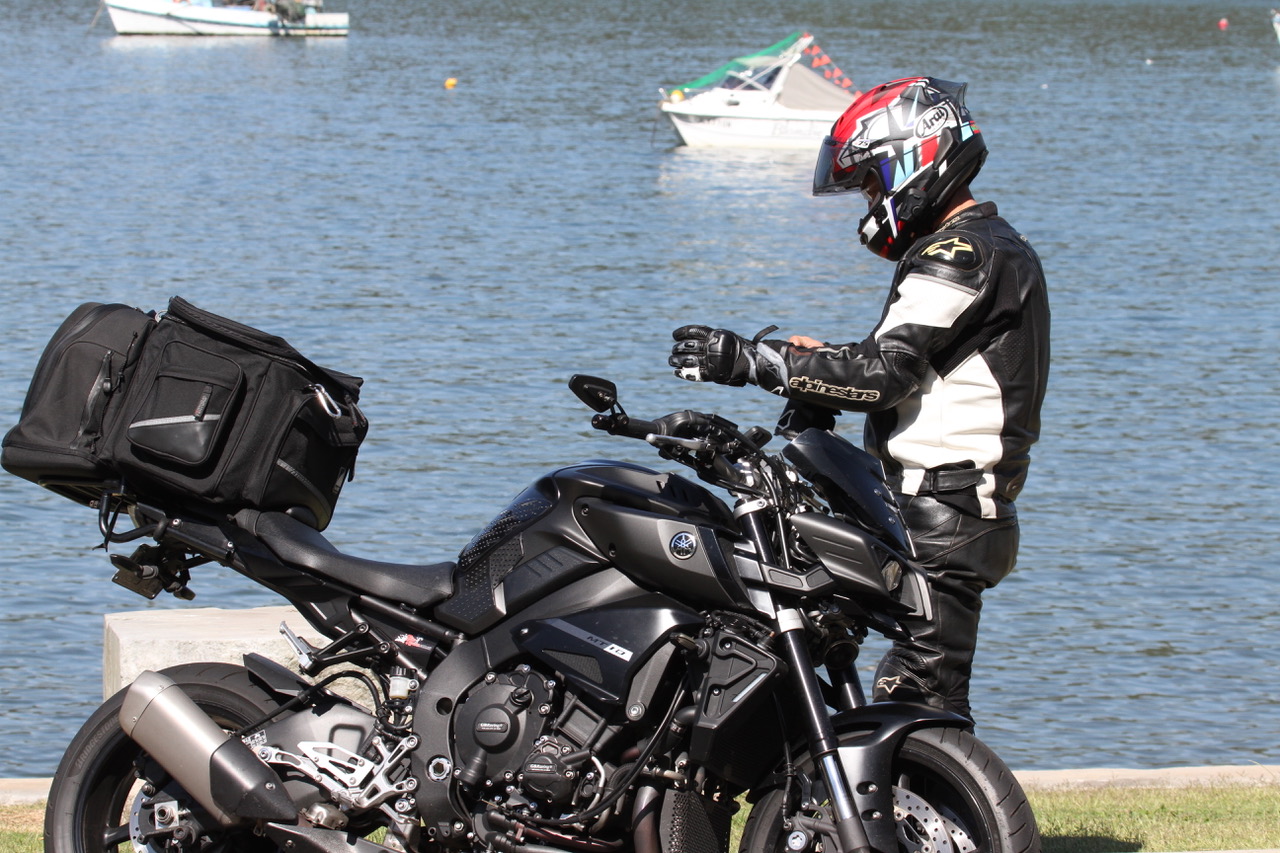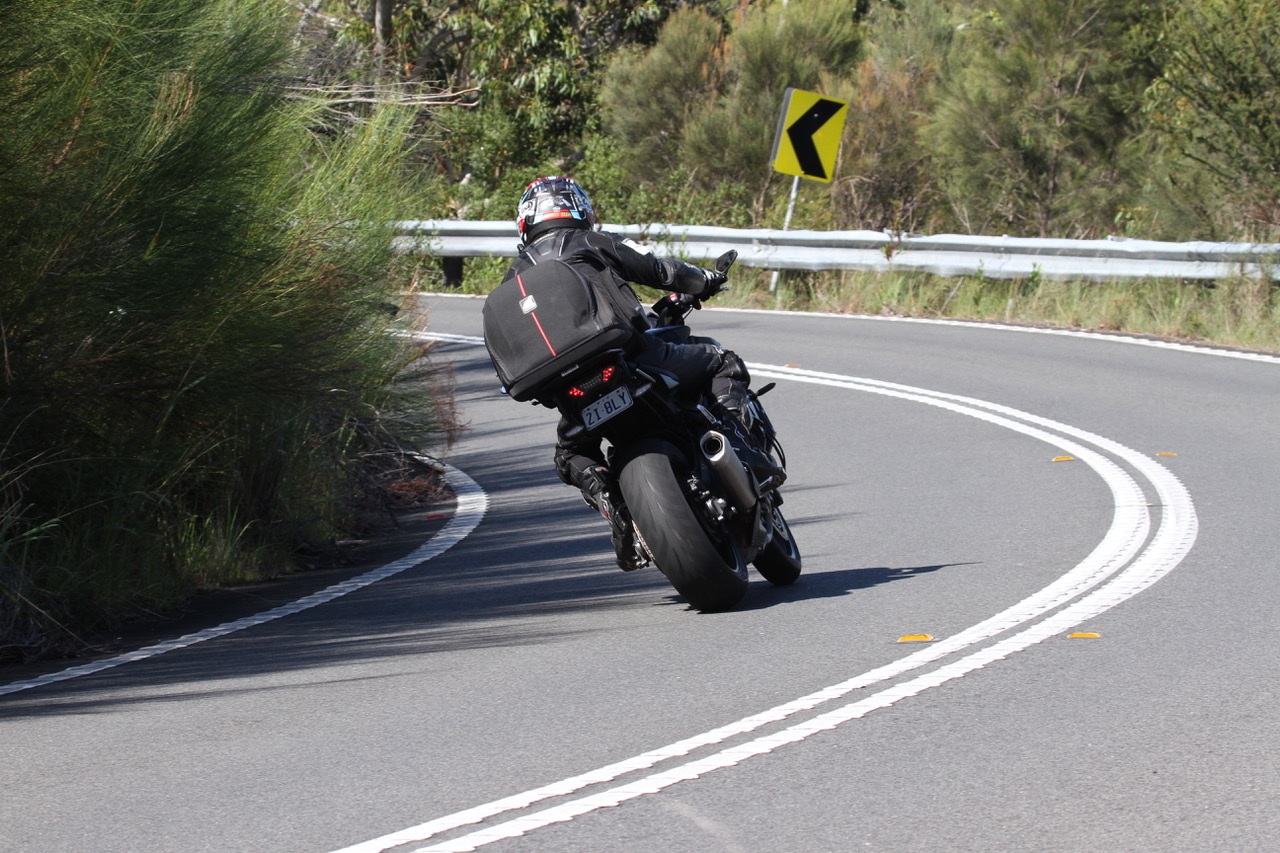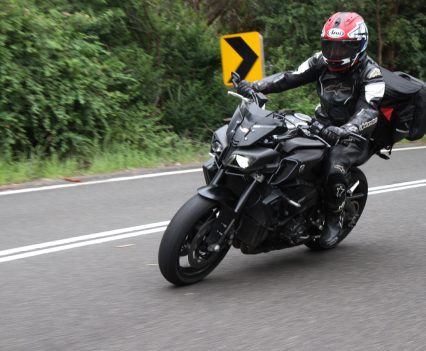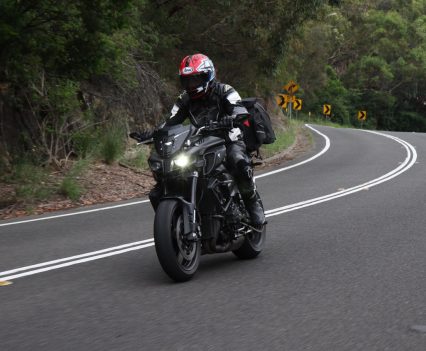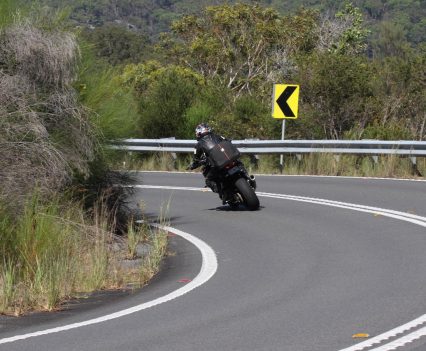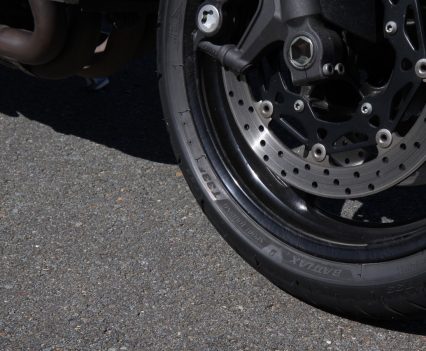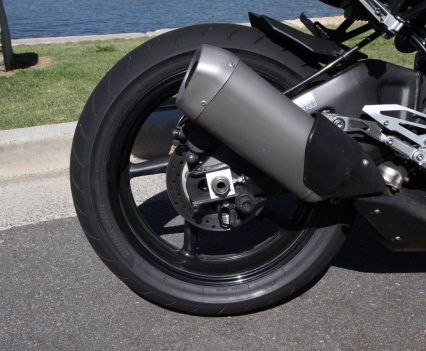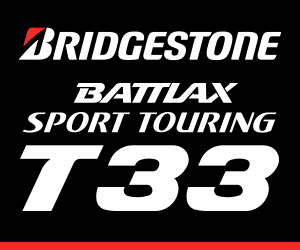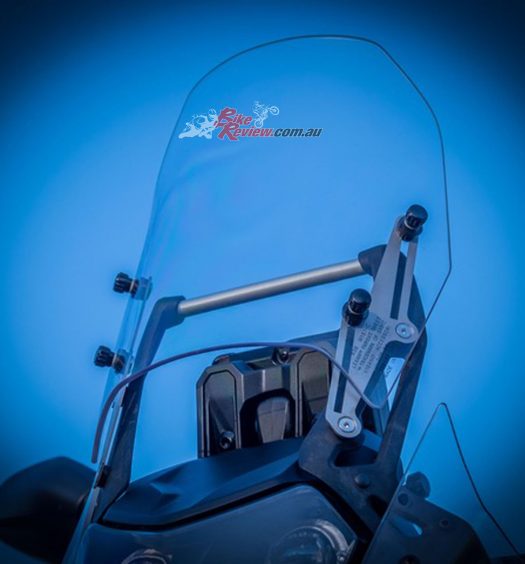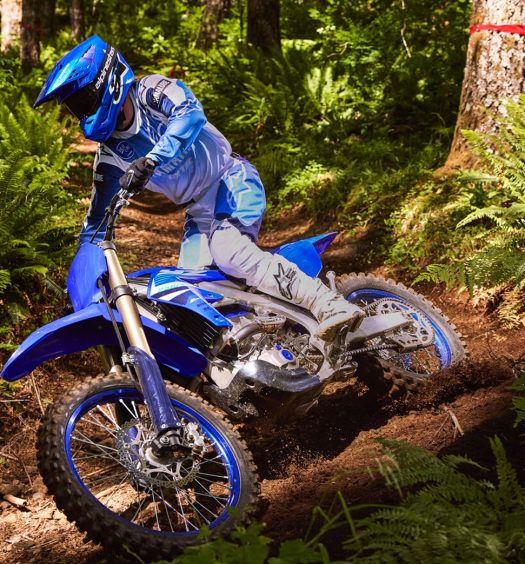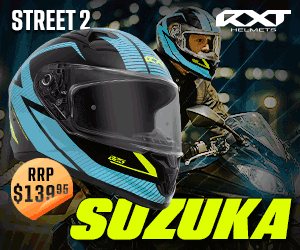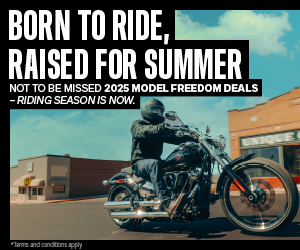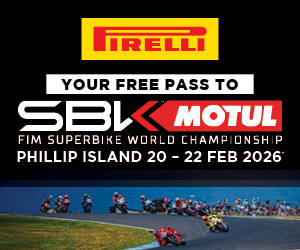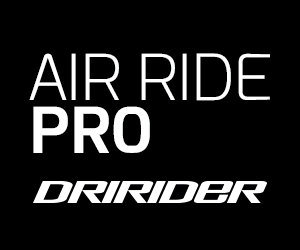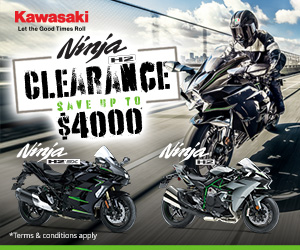The Bridgestone BATTLAX Sport Touring T33 is a premium tyre offering outstanding grip, comfort, and longevity for riders seeking performance in all weather conditions. We test it over 6500km...
After clocking over 6500km across highways, twisties, and urban roads, the Bridgestone BATTLAX Sport Touring T33 proved itself as a standout tyre. Fitted to Taka’s Yamaha MT-10, the T33 delivered exceptional wet and dry grip, handling and remarkable durability.
Earlier this year, I planned a ride from Melbourne to the Central Coast of NSW to catch up with Jeff and the team. As luck would have it, a few days before leaving, Jeff called and told me there was a pair of BATTLAX T33’s on the way for a long-distance evaluation. The timing couldn’t have been better, and I was keen to give them a proper real-world run — not just on the highway, but across Australia’s notoriously mixed weather and road surfaces.
Read Taka’s Bridgestone T32 review here…
A big thanks to the team at McLeods and to John Young for arranging a lightening fast delivery. First impressions out of the warehouse were promising. The T33 has a gentle round profile typical of a true sport-touring tyre, and the sidewalls felt noticeably stiff to the touch — something that usually means increased high-speed stability and better performance with luggage or a pillion.
What really stood out, though, were the deep treads. Compared to the Michelin Road 6s I’ve used on this same bike, the T33s appeared much more aggressive in their tread depth and layout.
I didn’t have time to change them myself this time, so I dropped the MT-10 into the local bike shop. Even with a proper tyre changer, they put up a bit of a fight due to the stiff sidewalls, but that’s not a bad sign — that stiffness is there for a reason.
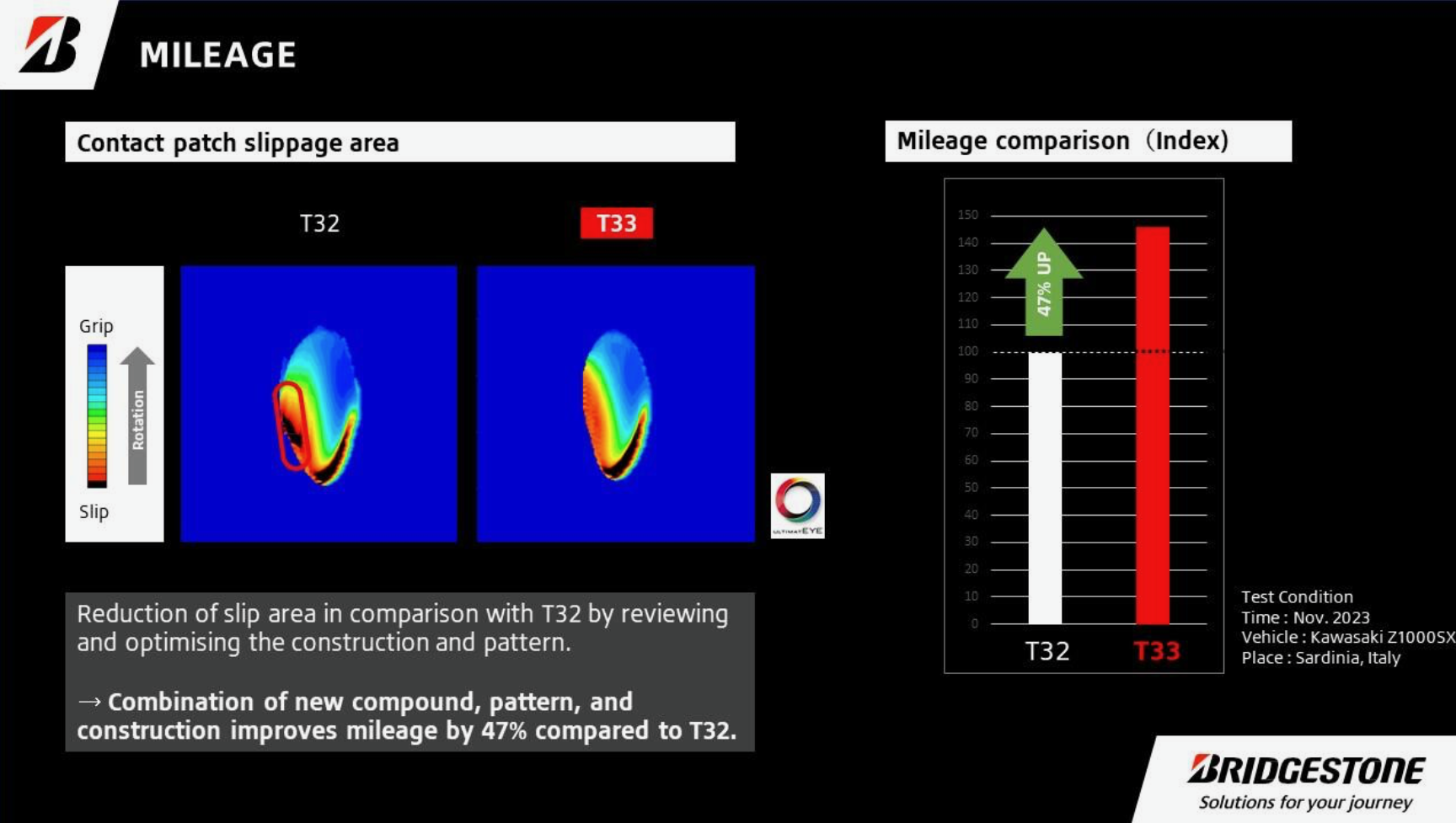 This construction feels different to other popular road tyres like the Road 6, SPORTEC M9RR or Pirelli Angel GT, and from the start I could tell the Bridgestone engineers had taken a different approach to balancing grip, feel and longevity.
This construction feels different to other popular road tyres like the Road 6, SPORTEC M9RR or Pirelli Angel GT, and from the start I could tell the Bridgestone engineers had taken a different approach to balancing grip, feel and longevity.
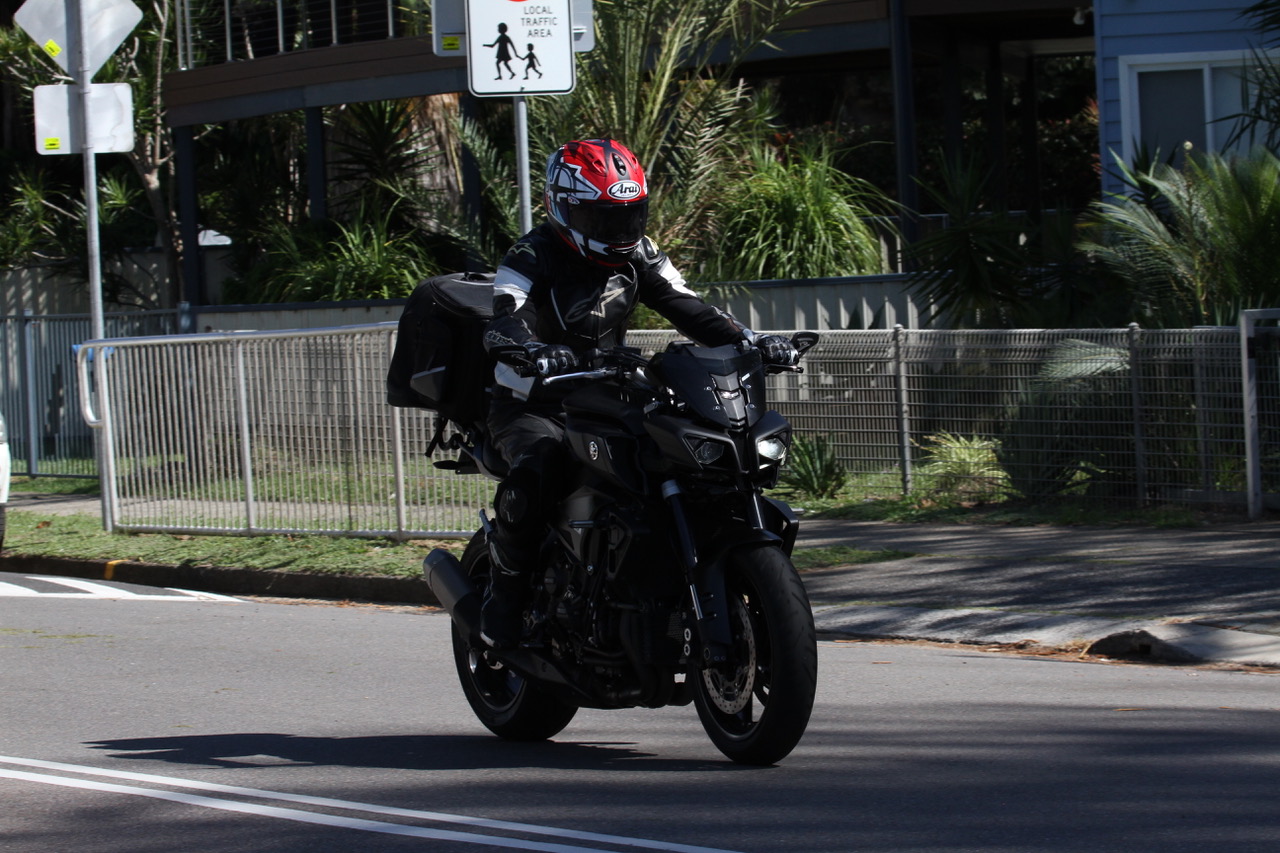
“I started with recommended road pressures: 36psi up front and 42psi in the rear, the factory spec for the MT-10”.
With the new rubber fitted, I didn’t wait for the big ride. I headed straight to the Reefton Spur for an early shakedown, in the rain, keen to see how they’d handle wet twisties before they were even scrubbed in. Despite the slick surface and brand-new compound, the tyres felt safe and stable right away. I started with Yamaha’s recommended road pressures: 36psi up front and 42psi in the rear, the factory spec for the MT-10.
There was no slip, no twitchiness, and within 100km of scrub-in I was comfortable leaning into corners in wet conditions. Grip was confidence-inspiring and feedback solid from the start, which is a big ask in cold and wet weather.
A week later, the real journey began. I set off from Melbourne and headed north on the M1. The MT-10, fitted with a Ventura rack, loaded panniers and camera gear, isn’t a light setup, but the T33s had no trouble. At highway speeds, stability was faultless. They tracked straight, even in blustery crosswinds. The stiffer carcass definitely helps here — there was zero wallowing from the rear, even when pushing very fast on rougher highway stretches.
“Somewhere near Sydney I had to pull up hard on the anchors in traffic — a sudden braking test I hadn’t planned — and the front tyre held its line beautifully”…
One thing I did notice early on was that the tyres had a slightly firmer ride compared to softer performance construction rubber, particularly over corrugated sections and pothole scars. But the upside was less instability at speed, less wandering, and a really solid, planted feeling across the whole trip from Melbourne to Sydney and beyond.
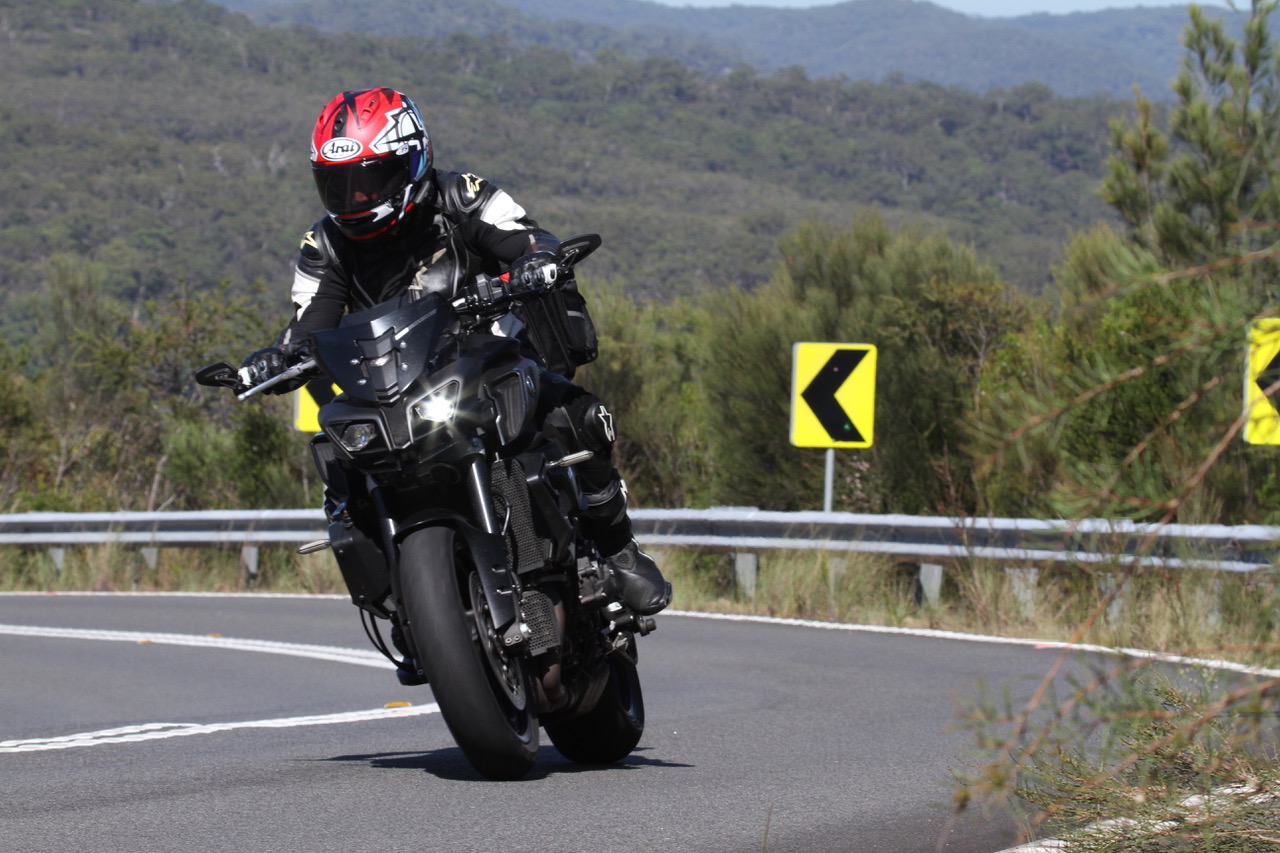
“The stiffer carcass definitely helps here — there was zero wallowing from the rear, even when pushing very fast on rougher highway stretches”…
Somewhere near Sydney I had to pull up hard on the anchors in traffic — a sudden braking test I hadn’t planned — and the front tyre held its line beautifully. The MT-10 has strong brakes and can unsettle poor tyres easily, but the T33s absorbed the hit well. I was impressed by the composure and grip, even under pressure in less-than-perfect conditions, and I also had a lot of weight on the back of the bike.

“By the time I arrived at BikeReview HQ, I’d covered 1100km, and I wasn’t feeling the usual travel fatigue”…
I copped some decent rain near the Harbour Bridge too, but again, no drama. By the time I arrived at BikeReview HQ, I’d covered 1100km, and I wasn’t feeling the usual travel fatigue. Maybe it’s down to a combination of the Bridgestone’s low noise and vibration, the smooth rolling profile, and that lack of high-speed twitchiness. Either way, it was a very good start and a nice trip.
Later in the week, we headed out for testing and photography on the Old Pacific Highway. I love these roads — different to Melbourne’s tighter hills, with faster, wider sweepers and beautifully cambered turns. This gave me a great opportunity to test edge grip, direction changes, and lean stability. The T33s continued to impress. No, they’re not sports tyres in outright grip terms — you’re not going to flick them around like slicks — but for a touring compound they handle extremely well.
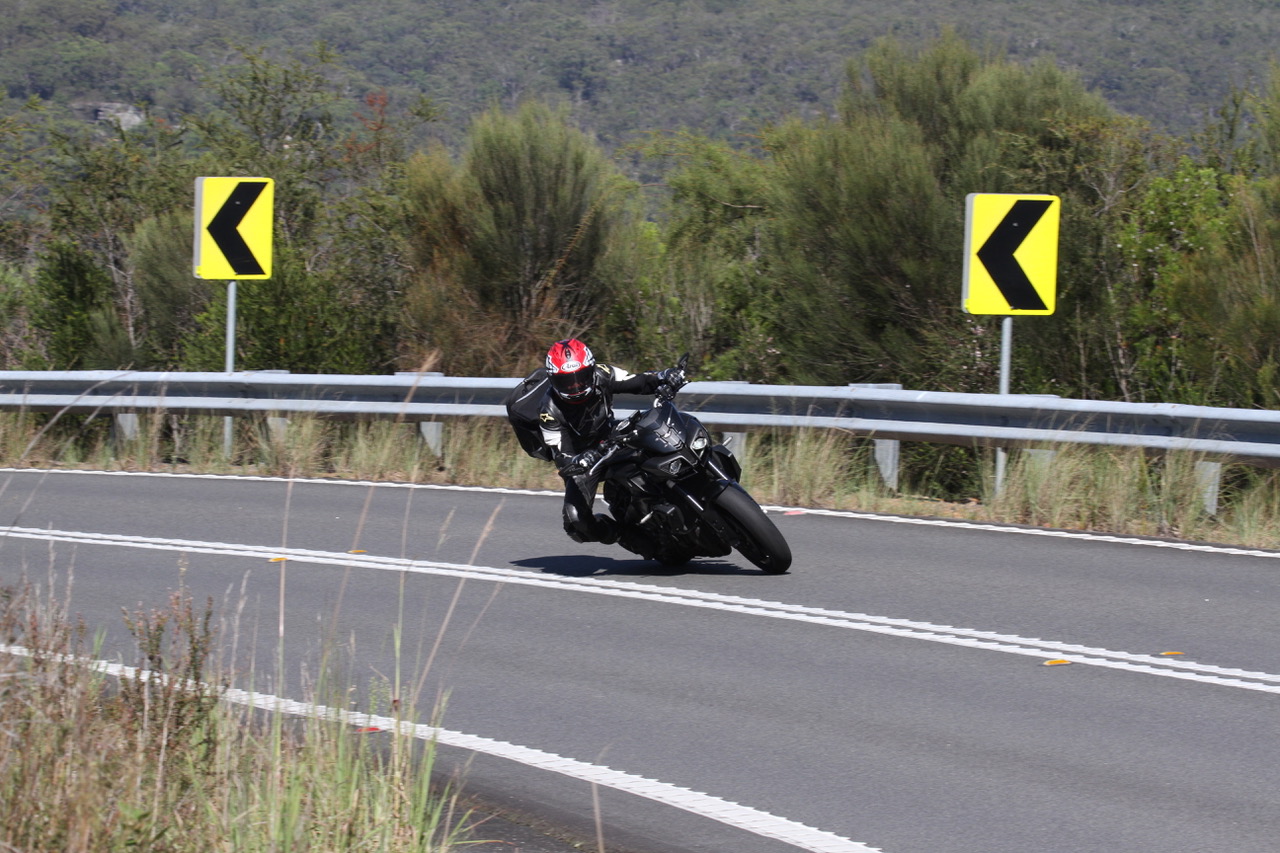
“This gave me a great opportunity to test edge grip, direction changes, and lean stability. The T33s continued to impress”.
Lean-in is progressive, not abrupt. There’s no hesitancy. You can feel when you’re loading the tyre, and it gives plenty of warning when you’re approaching the edge of its ability, which builds trust and encourages smooth riding. I was really impressed. In fact, I had a good run with some riders on sportsbikes and sports tyres, and when we arrived at Pie in the Sky, they could not believe I was ahead of them on sports touring tyres! They said they were going to buy these next time!
Compared to the Pirelli Diablo Rosso Corsa IV I used for a similar trip last year — which lasted about 4000km — the Bridgestone T33s offer a lot more longevity with only a slight compromise in grip. For perspective, I usually get 4000km out of a set of sports tyres doing this sort of mix between highway and sweeping and tight mountain twisties.
The T32, the previous model Bridgestone, was also only good at the rear for about 5000km. But with the T33, I’m at 6500km now and still showing 47 per cent tread left in the centre of the rear, and 55 per cent on the front. That’s phenomenal. Funnily enough but a total coincidence, Bridgestone claim a 47 per cent increase in tyre life compared to the T32, and from what I’m seeing on the bike, it’s not marketing fluff — it’s backed by real numbers.
Back home, I had clocked 2300km on that first trip alone, then continued to 4200km where you can see some images of the tyres shown below. The total test mileage now is up over 6500km. These are shaping up to be the longest-lasting sport-touring tyres I’ve used. If the tread continues to wear at this rate, I’ll easily see 10,000km, possibly more, which would make them the most durable sport-touring tyre I’ve ever reviewed.
Bridgestone’s development work is clearly paying off. The T33 combines the best aspects of a touring tyre — longevity, stability, comfort — with real-world performance that gets close to a sporty setup. Their RC Polymer tech ensures even silica dispersion through the tread, meaning better grip in the cold and wet. Silica Rich EX in the compound and the NanoPro-Tech structure slow heat build-up and extend tread life. The 3LC construction on the rear uses a soft shoulder with a harder centre to balance edge grip and slab mileage.
Underneath that, the cap-and-base setup and the Mono Spiral Belt technology give the tyre serious integrity, especially under heavy loads. The Super Penetrated Cord helps soak up hits without compromising sidewall stability. And all of this adds up to a tyre that’s genuinely suited to Aussie conditions — capable in the wet, comfortable on long rides, and happy to hustle when the roads get twisty and the pace increases.
So what’s the real-world verdict? Simply put, the T33 is the best sport-touring tyre I’ve tested to date. It handles and grips as well as the T31 and T32, possibly better — especially in rear-end steering feel and directional changes. Wet weather performance is top-tier, braking feel is solid front and rear, and the stability across a loaded bike at speed is outstanding.
The tyre doesn’t feel nervous mid-corner, doesn’t push wide on a poor surface, and doesn’t wear flat after one long tour. It even looks good, with deep tread channels and a more aggressive pattern than you’d expect from a touring tyre. Value is another big tick — with projected mileage well past 9000km, possibly up to 10,000km, these tyres punch well above their price point.
If you’re running a powerful road bike like my Yamaha MT-10 or a big touring rig, the T33 will suit perfectly. For weekday commuters who ride hard on the weekends, it’s a tyre you can rely on year-round. It may not match a pure sports tyre on the track, but on real roads, in real conditions, with real mileage expectations — the Bridgestone BATTLAX T33 is a standout.
I’ll be back with an update for Part 2 when I hit the 10,000km mark and a final wrap once the tyres are done. But for now, the T33 gets my highest recommendation…
Ratings | Tyre Test: Bridgestone BATTLAX Sport Touring T33 Part 1


